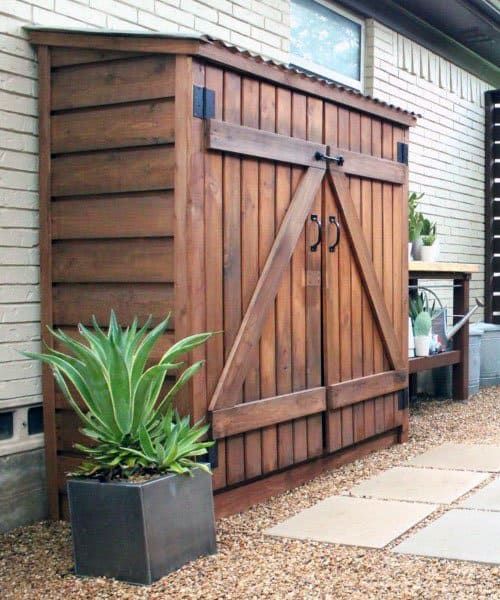Choose the Right Location: Before assembling or constructing your shed, carefully consider its location. Choose a level area that provides adequate drainage and is easily accessible. Avoid placing the shed under trees or near overhanging branches, as falling debris can cause damage.
Prepare the Foundation: A sturdy foundation is essential for a stable and durable shed. Depending on the size and type of shed, you may need to prepare a concrete slab, a gravel base, or a set of concrete piers. Ensure that the foundation is level and properly compacted to prevent settling and shifting over time.
Follow the Instructions: If you’re assembling a pre-fabricated shed kit, be sure to carefully read and follow the manufacturer’s instructions. Pay attention to details such as part numbers, fastener types, and assembly sequences. Skipping steps or improvising can lead to errors and complications later on.
Use the Right Tools and Materials: Having the right tools and materials on hand can make the assembly and construction process much smoother. Invest in quality tools such as a level, a tape measure, a drill/driver, and a hammer. Use corrosion-resistant fasteners and pressure-treated lumber for longevity and durability.
Weatherproof and Seal: To protect your shed from the elements and prolong its lifespan, be sure to weatherproof and seal it properly. Apply a waterproofing sealer or stain to the exterior surfaces, paying special attention to areas prone to moisture buildup such as the roof and base. Seal gaps and seams with caulk or weatherstripping to prevent water infiltration.
By following these tips, you can ensure that your shed assembly and construction project is a success, resulting in a sturdy, functional, and long-lasting structure that enhances your property and meets your needs. If you need assistance or guidance, don’t hesitate to contact a professional handyman for expert advice and support.



